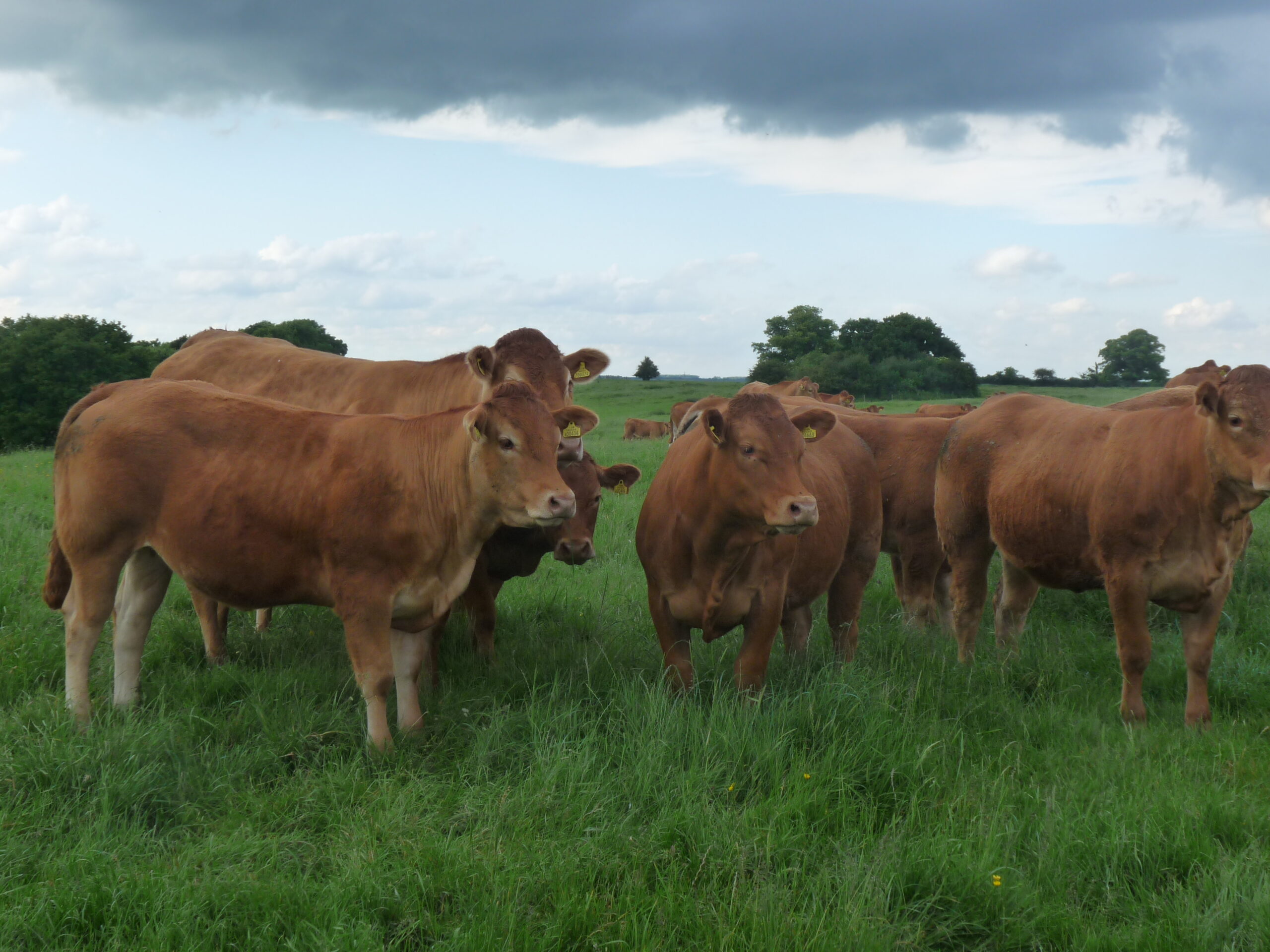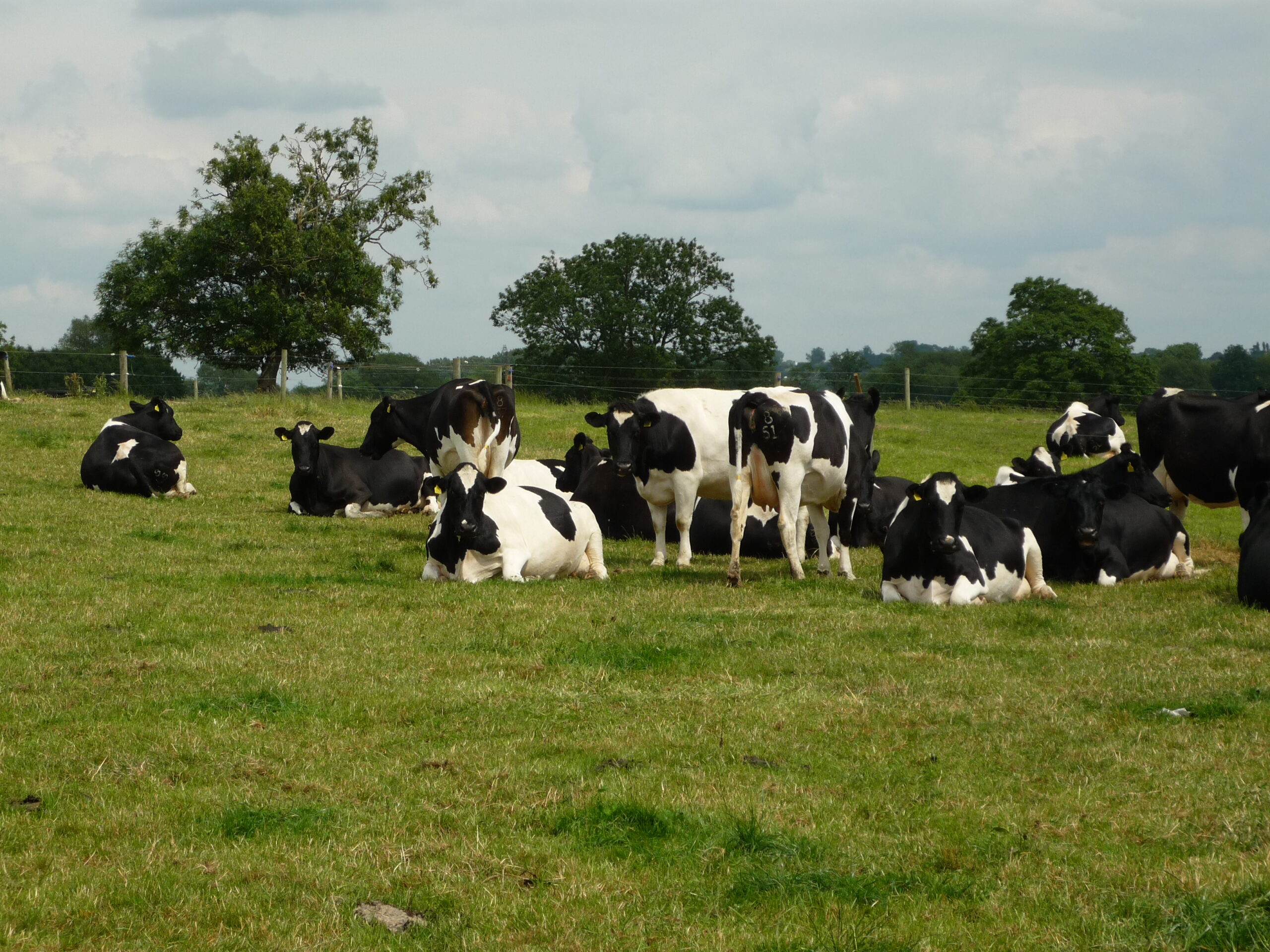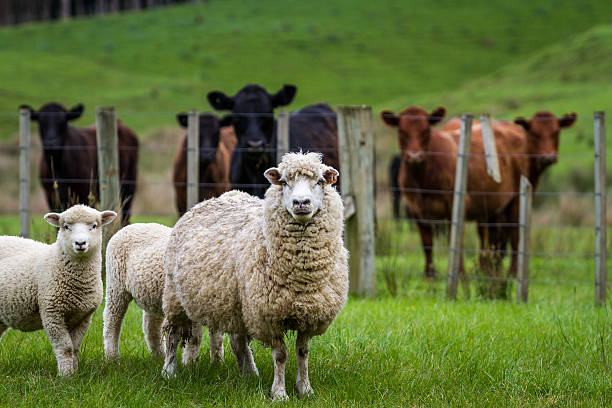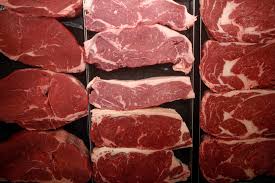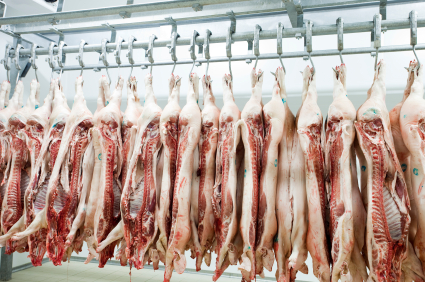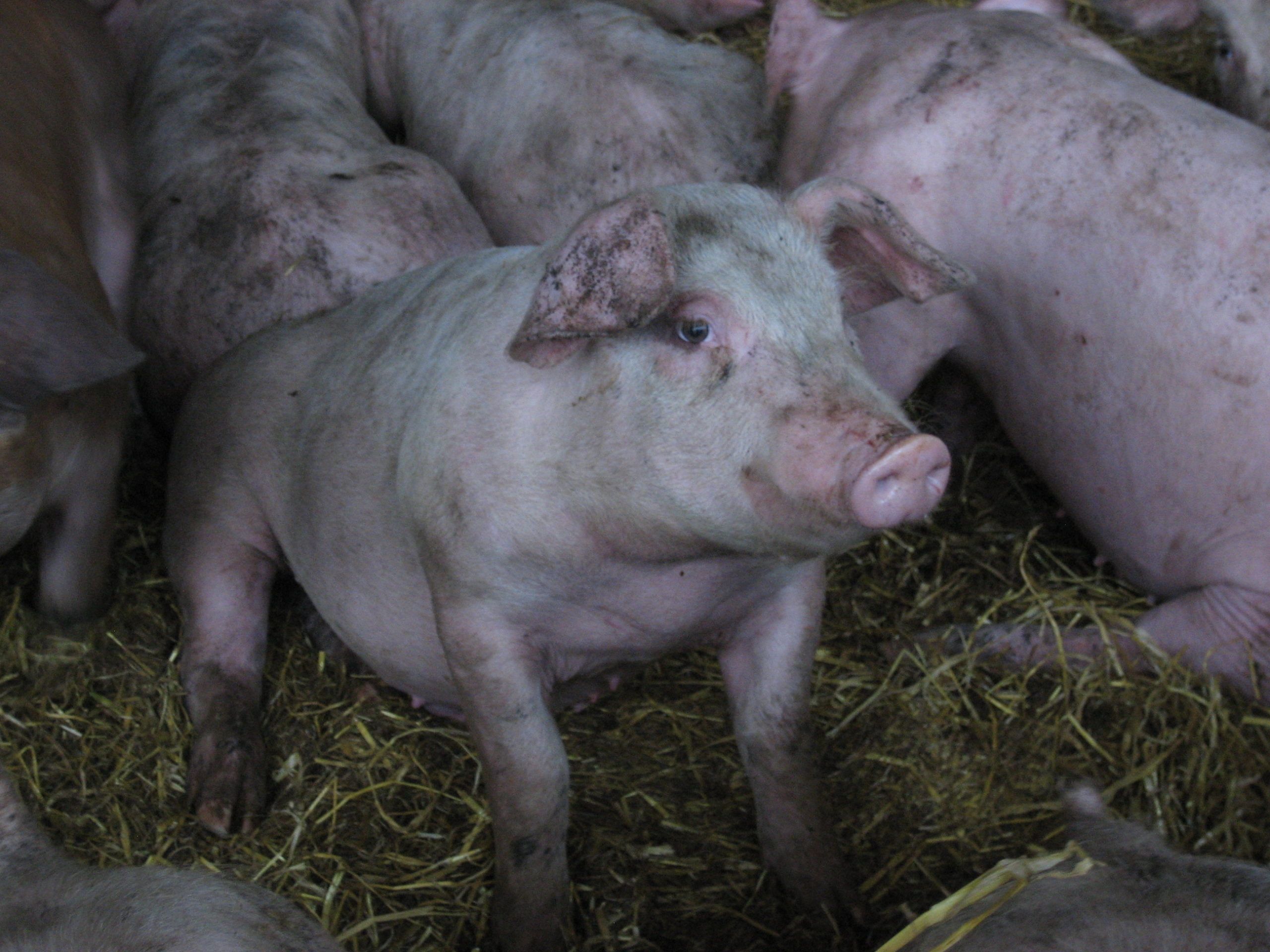Prices
The GDT average index has risen sharply over the month. After posting consecutive declines since April, there was a small uplift (0.3%) at the auction held at the end of August, but this was followed by a 4% increase at the first event in September and another 1% rise at the latest event on 21st September. This takes the average index over the $4,000 mark to $4,011. The index is often viewed as the bellwether for the global dairy commodity market and currently there is a general upturn in the market, although still some way off levels seen in the spring. A ‘fly in the ointment’ could be a slow down in import demand from China. According to analysis of the market by Rabobank, supply is outpacing demand in China and the second half of 2021 could see import demand lessening, weighing on global dairy commodity prices. But reports of a shift in demand to other parts of Asia and the Middle East could compensate for this (see below).
Domestic farmgate prices remain strong. The UK average farmgate milk price for August is 31.24ppl, some 2.5% higher than the previous month and 11% more than for the same month last year (Key Farm Facts includes this data monthly).
After announcing a price cut of between 0.87 and 0.9ppl from 1st September, due to increased operating costs, Arla has announced a 0.32ppl rise as from 1st October; somewhat of a welcome surprise. After last month’s reduction many were hoping for a stand-on to prices at best. Whilst inflationary processing costs resulted in last month’s cut, October’s increase is a result of a reduction in European milk production in July and, according to the processor, the prices for all European dairy commodities, especially cheese, have increased significantly due to high demand and lower availability throughout August. Futhermore, Arla cites a shift in global demand from China to Asia and the Middle East supporting positive development in the global milk powder prices. Arla’s standard manufacturing price will be 32.62ppl for conventional milk and 40.98ppl for organic. Barbers, Belton Farm, Meadow Foods and Saputo have all announced a stand-on to their price until at least November.
Production
Defra’s latest statistics show UK milk production for August at 1,198m litres. This is 3.9% lower than July and 0.2% lower than for the same month last year, although still marginally above the five year average (1,186m litres). Whilst it hasn’t been the sunniest summer, rainfall has been limited and has affected grass growth and hence production. This is even more pronounced, if we remove Northern Ireland (NI) production. GB deliveries are 1% below year earlier levels and 12m litres below the AHDB’s forecast for August deliveries. NI continues to show good growth; a 4% year-on-year increase for August according to the AHDB. The increase is attributable, in part, to beef farmers converting to dairy. So far in 2021, NI deliveries are up 4% on the year compared to GB which has only seen a 0.4% increase.
The AHDB expects production to run below year-earlier levels until the New Year due to market conditions. Although the milk price is good (see above), feed prices remain high meaning the milk to feed price ration will not encourage more production. Rising labour and energy costs are also squeezing margins.
